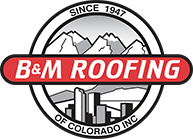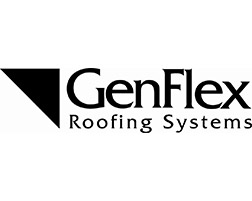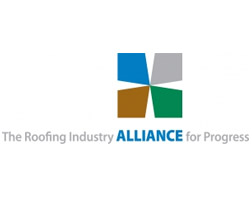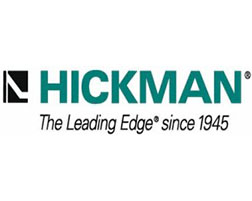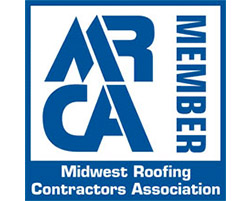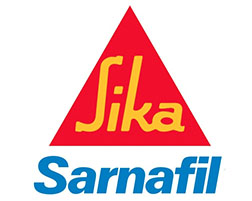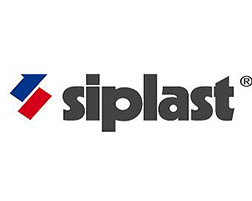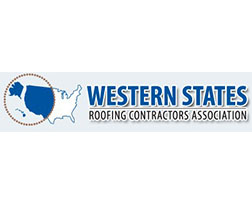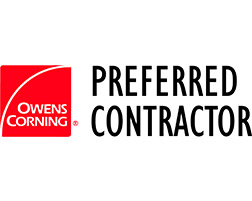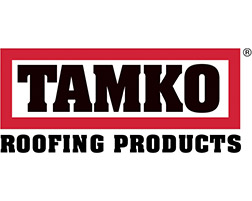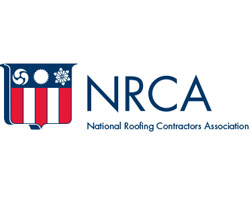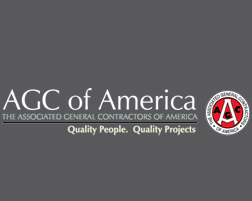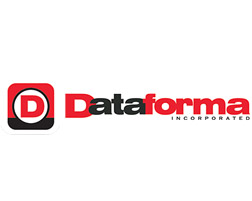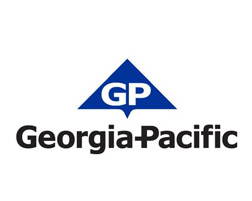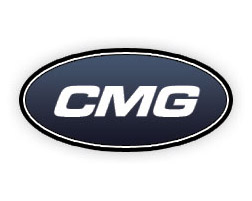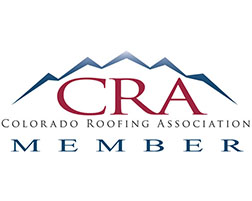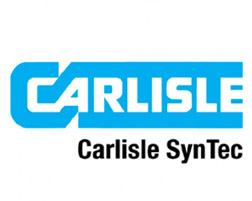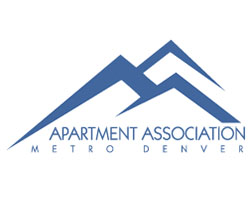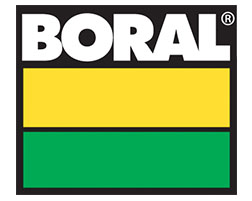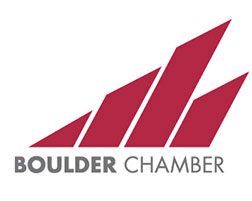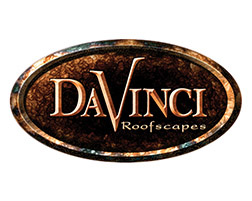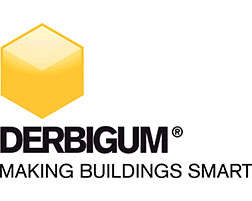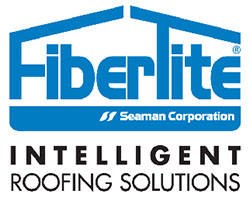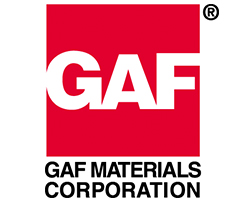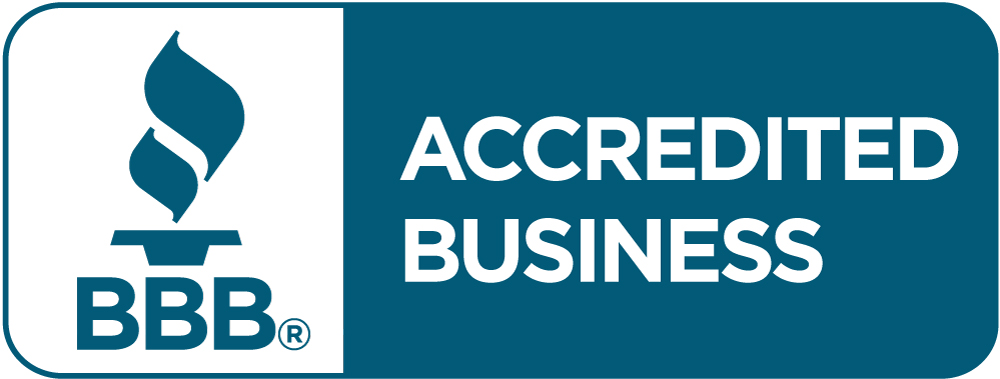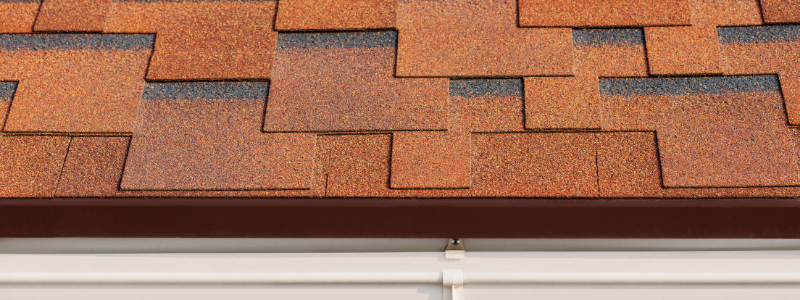
Dark Shingles vs Light Shingles
When it comes to selecting the perfect shingle color for your roof, the choices can seem overwhelming. While both dark and light shingles offer their unique aesthetic appeal, it’s crucial to consider various factors to make an informed decision. In this article, we will explore the debate between dark shingles and light shingles, helping you determine the ideal option for your Colorado home.
B&M Roofing, your trusted roofing company in Colorado, understands the significance of selecting the right shingle color to enhance your home’s overall appearance and functionality. Our team of experts has extensive experience in guiding homeowners through the process, considering regional climate, energy efficiency, and architectural style.
Whether you’re aiming for a bold and dramatic look or a more subtle and understated charm, understanding the benefits and drawbacks of dark and light shingles is essential. Join us as we delve into the world of shingle colors, providing you with valuable insights to make an informed choice that perfectly complements your Colorado home’s unique character.
There are many factors to consider when choosing between a light or dark roof before finalizing a color. The process might seem complex at first, but we’ve provided you with a brief overview to help you make the best decision for the structure.
Ultimately, the best color for your roof is the color you prefer, but we suggest sticking to neutral-colored shingles. A trendy color might make the building stand out, but how will you still love it in about 20-30 years? An off-beat color might also make it harder to resell your property down the road, which is why it’s best to stick to neutral tones. Shades of cream, tan, brown, gray, or black are safe colors that will be in style for many years.
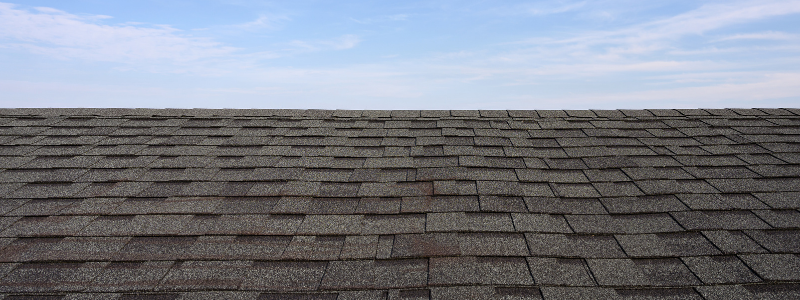
Dark vs. Light
When choosing a roof color for your property, both light and dark-colored roofs have definite advantages in appearance and functionality.
Go Towards the Light
However, in recent years, we’ve seen more property owners opt for light-colored roofs due to their energy-saving properties.
Despite being mainly known for its ability to reflect sunlight and heat away from your home or business, there are other benefits to choosing a light-colored roof; this includes modernizing the property, prolonged service life, and a reduced cooling load.
Energy Efficiency
As mentioned earlier, light-colored roofs are known for energy-saving capabilities. Your roof significantly impacts the temperature inside the building, and a dark roof is more likely to conduct a warmer temperature on the structure below, increasing cooling efforts such as air conditioning. Additionally, dark shingles can absorb enough heat that the surface can become hotter than the temperature outside.
A darker roof might seem beneficial for structures in colder climates as dark shingles can help melt the snow and ice more efficiently. However, the reduced energy load in the winter doesn’t seem to be sizable.
White or light-colored roofs reflect heat rays from the sun, keeping the attic and rooms below it cool during warm weather. As a result, the building’s cooling load decreases, helping home and business owners stay comfortable and save money on their energy bills.
Light-colored roofs are sometimes referred to as ‘cool roofs’ because they provide a reflective barrier, reducing the impact solar heat has on the building, which can help keep the temperature low on the inside and outside. Cool roofing methods can make a difference of 20-40 degrees, which can significantly reduce your property’s cooling costs.
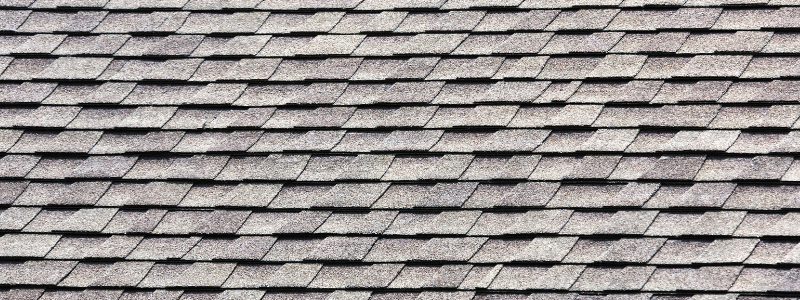
Urban Heat Island Effect
Light-colored roofs can also lower the urban heat island effect, which causes metropolitan areas dense with concrete, buildings, and people to have a hotter temperature than the areas surrounding them. This effect is known for increasing air pollution levels and heat-related illnesses such as heat strokes. The urban heat island effect can also lead to strained energy resources due to the high cooling energy demand, further contributing to global warming.
Service Life
Heat plays a major role in the service life of your new roof. Dark-colored roofs are more prone to damage due to the high level of UV rays absorbed by the shingles; this can cause materials to crack, melt, blister, and fade.
A new roof can be very costly. Therefore it’s important to prolong the service life of your roof as much as possible.
Appearance
When it comes to choosing between dark and light roofs, the first thing you should consider is what would go best with the color of your home or business. The colors of the bricks, sliders, stuccos, or trims of the structure should complement whichever color you choose.
Take a look at the building’s architectural style and decide how your roof shingles can be coordinated with the exterior and the surrounding structures. Dark color roofs such as black and charcoal can execute more of a classic and traditional look. However, it can also make your property look smaller. In contrast, light-colored roofs can make a structure look more extensive and more modern.
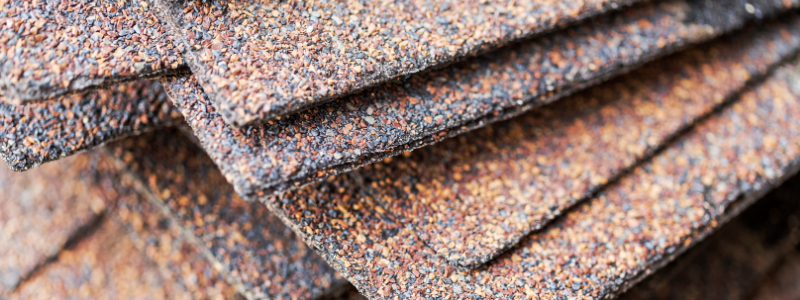
Choosing the right color that compliments the structure itself can make a huge difference in your property’s curb appeal.
Here are some classic color combinations:
| Roof Color | Exterior Color |
| Light Grey | White, Grey |
| Tan | White, Dark Red, Dark Green |
| White | Gray, White, Tan |
| Black | Dark Red, Gray, Tan |
| Brown | Dark Red, Brown, Tan |
Neighborhood Rules & Roofing Codes
Before finalizing a color for your roof, it’s essential to browse through the rules in place for your neighborhood and subdivision; this ensures that you don’t violate any regulations before you start the installation, as some bylaws might even require you to obtain a permit before construction. Also, be sure to be considerate to your neighbors as you want to make sure your new roof doesn’t clash with any surrounding properties.
Additional Factors
Property owners should keep in mind that factors other than color contribute to the building’s conduct and appearance. The type of roof materials used can also play a significant role; Asphalt shingles tend to absorb more heat and have a shorter lifespan, while clay and concrete tiles are more energy-efficient and tend to last longer. Additionally, quality of installation, proper ventilation, and regular inspection will naturally affect your roof’s longevity and energy-saving functions.
In the end, choosing the right roof color and material for your property can improve the appearance of your space, help you reduce utility costs, and help contribute to more significant energy-saving efforts. Request a free estimate from our team of experts, and let B&M Roofing make your roofing process easy and efficient.
B&M Roofing and Residential Roofing
B&M Roofing has extensive experience in residential and commercial roofing, with a Colorado company providing quality service throughout the Centennial State since 1947.
The premier Colorado commercial roofing contractor uses only the highest quality roofing shingle suppliers: GAF and Owens Corning. We offer a wide range of colors and styles to choose from, ensuring that we can match the right roof shingle color to any home’s style.
We work with brands like GAF and Owens Corning to offer you a variety of roofing materials and colors to choose from and allow you to find the perfect color for your home. B&M is always available to help give your home’s roof the beauty it deserves.
